Estimated reading time: 5 minutes
Early summer is a beautiful time of year on the farm. The green of spring is still lingering in the paddocks, the trees all have a flush of new growth, and there’s plenty of fruit on the trees.
Related Articles
Saving heritage fruit trees by planting them
Many heritage fruit tree varieties are in danger of going extinct. The best way to save them is by planting them in your backyard.
9-step process for preserving fruit
Learning to preserve your own fruit is a great way to use up gluts and give you a steady fruit supply throughout the year.
Managing your fruit trees and frost
Learn about frost in your garden, how it may affect different types of fruit trees, and how to protect them by creating microclimates.
But there can also be spells of hot weather, and the landscape can change dramatically as only the Australian bush can. It can go from lush and green to crisp and brown in a few days.
We thought we’d give you a tour of the Grow Great Fruit HQ garden so you can see what it looks like before summer hits and things get crispy.
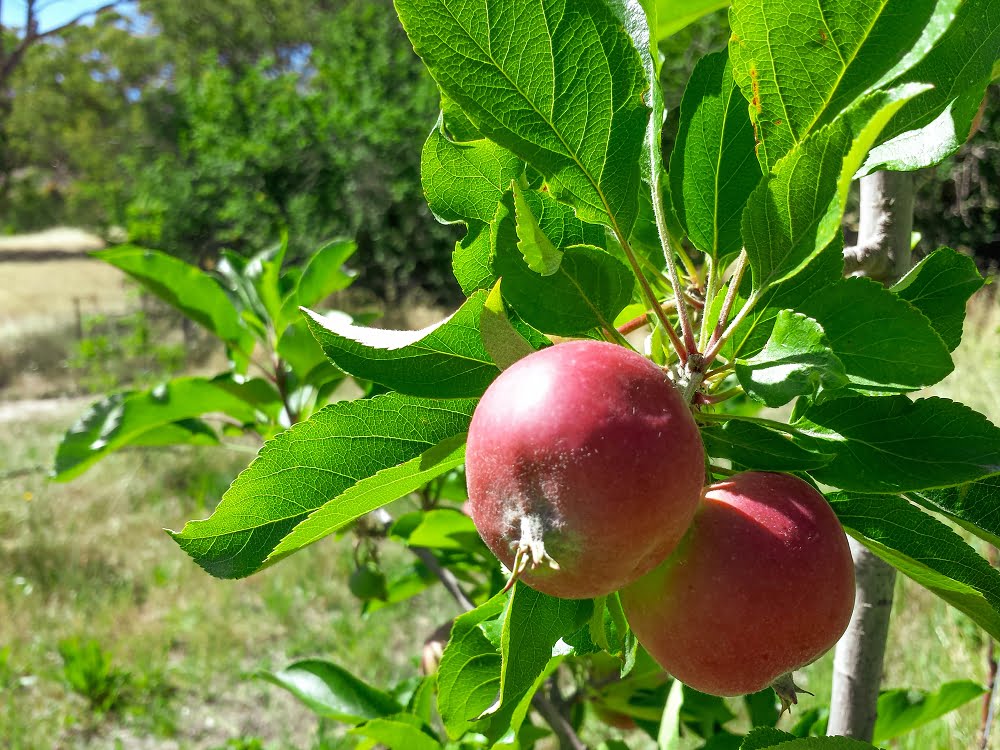
The relief of seeing green
We’re surrounded by green all summer, even though the paddocks go brown all around us. In the old-fashioned style, our orchards, veggie patches, and nursery literally surround our house.
We see green in every direction we look, with the dry bush beyond. In the middle of a hot, dry, Australian summer this is a little oasis.
Where we live is completely embedded in where we work, which is a good thing in many ways.
We don’t have far to go to get to work, and we’re very connected to what’s going on in nature. Having an irrigated orchard around the house gives us some welcome protection from heat and bushfires.
It’s also an important reflection of the way we choose to live. We try to create the type of environment we want to live in, which is beautiful, healthy and feeds us as much as possible.
We thought we’d take you for a tour around the garden, to show you what happens at this change of season.
First stop – the vegetable garden
The first stop is the veggie garden. We have a dedicated (chicken-protected) patch for growing veggies, but it also spills over into the fruit tree nursery.
Merv (Katie’s Dad) is an expert vegetable grower and reigns supreme in this part of the garden. He fills every gap in the nursery with thriving veggies, which tops up our summer supply.
Zucchinis are usually one of the first to ripen, with the promise of plenty more to come. No one ever complains about not having enough zucchinis, right? That’s certainly true for us. Once they start, they’re coming out of our ears all summer.
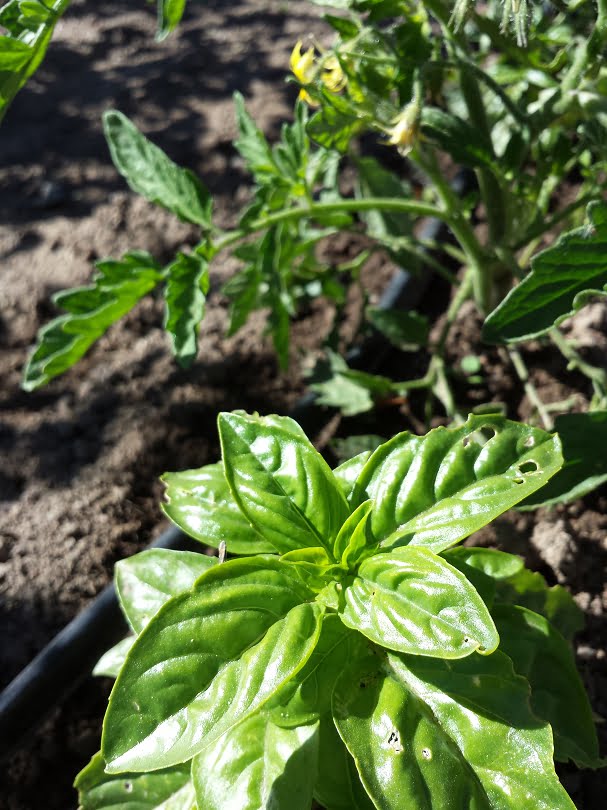
The tomatoes are flowering, and the basil is big enough to start pinching bits for salads. We always interplant them because they seem to be good neighbours in the garden, as they are in the salad bowl.
We grow enough tomatoes each year to eat all summer and to bottle for cooking in winter.
By the start of summer, we’re usually down to the last few jars in the pantry. If we’ve run out, we know we didn’t do quite enough last year. That’s one of our autumn jobs…
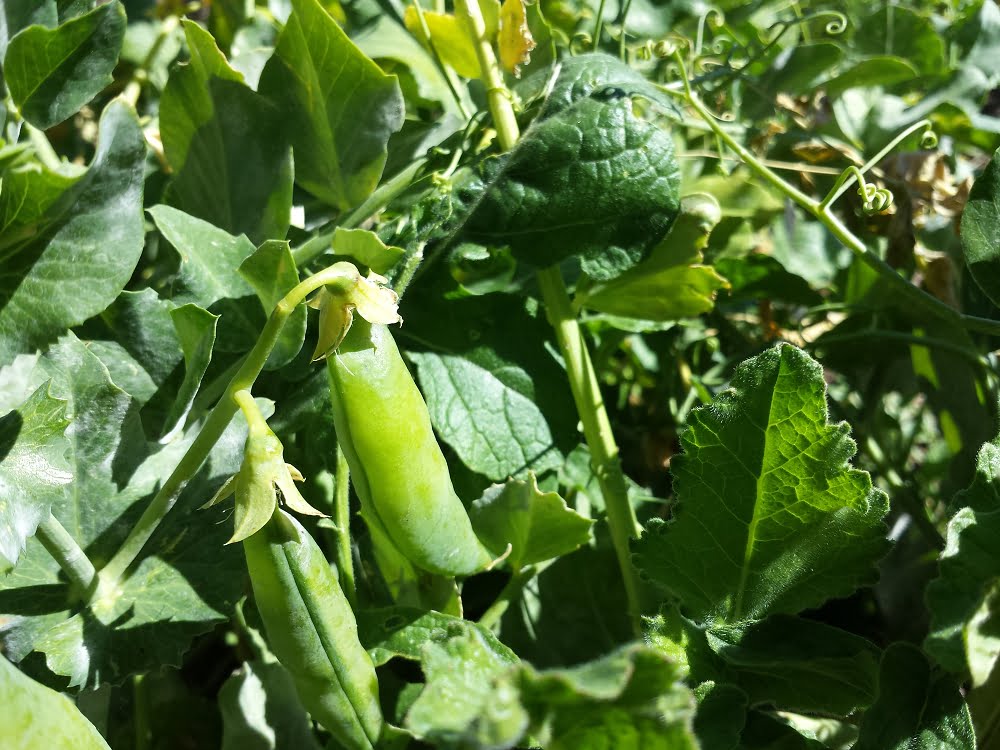
The peas have just about finished by this time of year. We usually pick a few buckets of peas, which are eaten fresh and frozen for winter cooking. Any that are accidentally left on the bush too long and go woody become treats for the chooks, so they’re not wasted.
This leads us to the chickens…
Speaking of the chooks, our spring chickens are about half-grown but getting big enough that they eat quite a lot now. That’s lucky because they’re an integral part of our pest management system.
They play a key role in the family, helping to dispose of any fruit or vegetable scraps that are unusable by us. In return, they give us eggs – in fact, we got the first two eggs from these chickies this week, which is very exciting.

A check-in with the fruit trees
The apricot season is notoriously dodgy. A wet spring will usually mean a reduced crop. The beauty of growing lots of different varieties (we have about 14) is that if one variety fails, another will usually have a crop.
We’ve had many, many years when the apricot crop has been challenged by weather, but we’ve always had at least some apricots to eat (and preserve) every year.
It’s a wonderful demo of why diversity in the garden is your best guarantee of food security!

Meanwhile, the first variety of peach (at our place this is the Anzac variety) is starting to colour up and get close to being ripe in early summer.
How mouth-watering does this look?
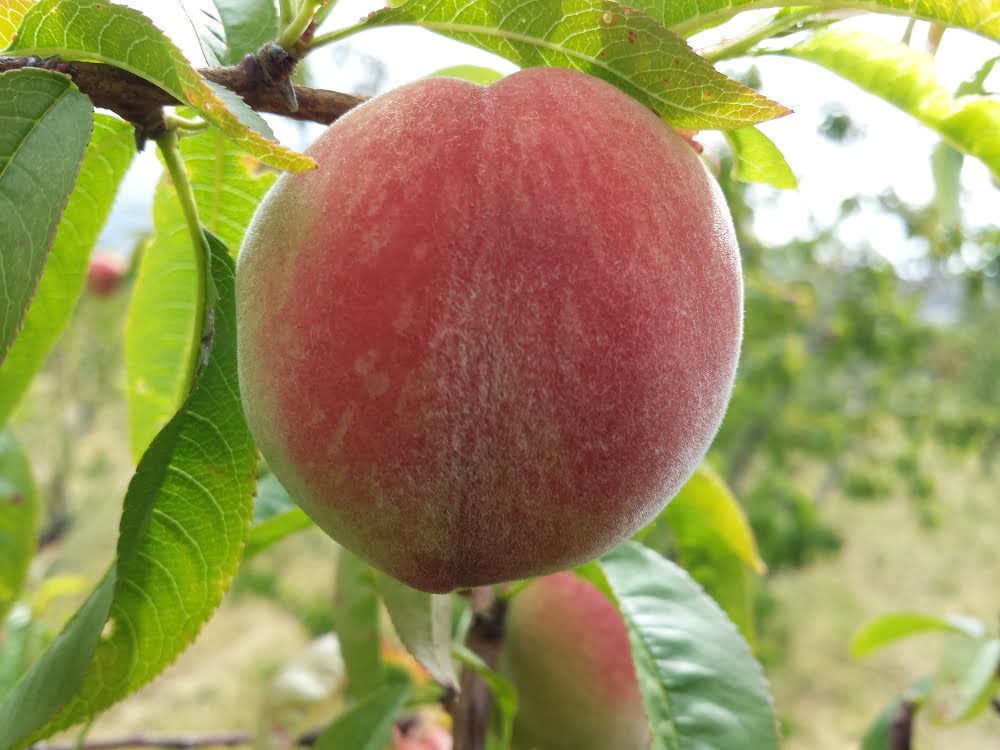
Cherries, loquats, strawberries, raspberries, blackberries, and citrus are also ripe and ready to eat in late spring/early summer.
Even though it’s still very early in the season, we love the fact that we already have so much choice of fruit to eat.
We’re grateful that we learned about permaculture soon after we moved to the farm. It made us think differently about how we grow our food.
It also made a massive difference in how we designed our gardens, chicken system, and fruit trees.
Our garden’s not perfect, but it is productive.
Related Articles
Saving heritage fruit trees by planting them
Many heritage fruit tree varieties are in danger of going extinct. The best way to save them is by planting them in your backyard.
9-step process for preserving fruit
Learning to preserve your own fruit is a great way to use up gluts and give you a steady fruit supply throughout the year.
Managing your fruit trees and frost
Learn about frost in your garden, how it may affect different types of fruit trees, and how to protect them by creating microclimates.

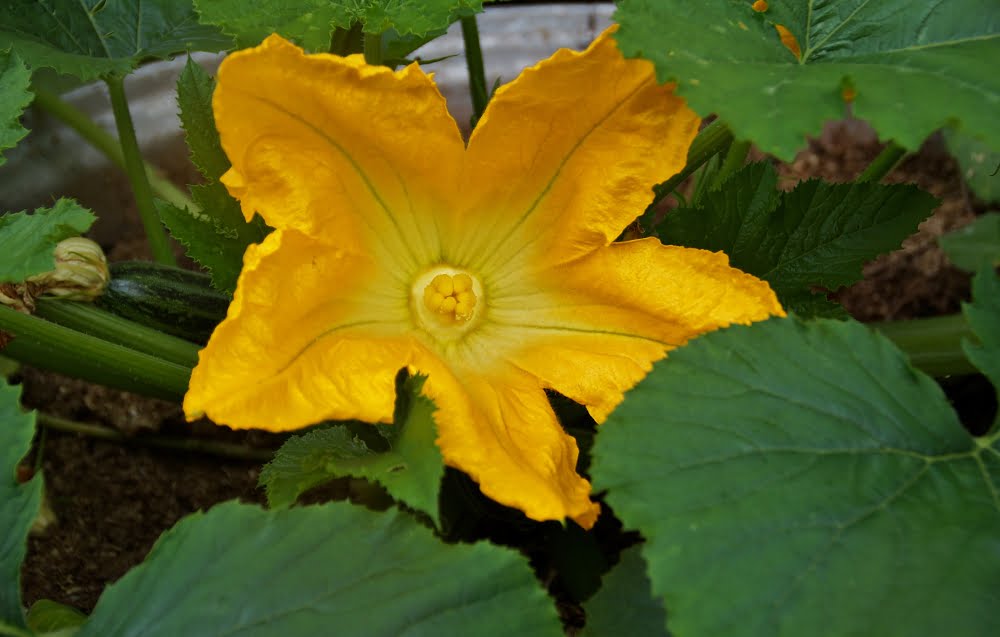

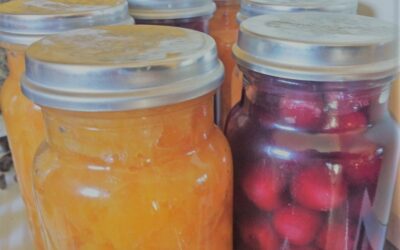
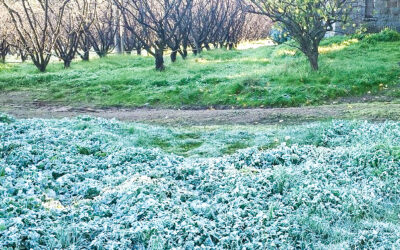


My Anzacs are way behind yours. The earliest fruits for me in central west nsw are Alpine Strawberries and Greenfinch Gooseberry.
Hey RAD – good example of how climate (and indeed microclimate) can influence ripening time. Good call having the early fruits coming on while you’re waiting for the peaches!
My one and only apricot tree, that’s not in the small netted orchard, got ‘eaten’ by the kangaroos last year – they munched on all the leaves which left our tree quite bare and struggling for it’s life! I have layered on sheep pooh and lucerne hay, sprayed it’s few remaining clump of leaves with ‘Eco Vital’, plus watered that in….and other loving therapies to get the tree back…and sure enough, this spring (here in the South West), the tree produced quite a few clusters of new leaf growth…but of course no flowers. I’m just happy it’s making a comeback! My question is should I prune out the dead wood that hasn’t produced any growth now, or wait till the end of summer? Question 2 – how do I keep those pesky ants away from my ripening Nectarines (and my olives) which are in the netted orchard – No birds….but now there are ants!!! It never ends!!! Thank you for your comments.
Hi Mary Ann, well done on saving the tree! Yes sounds like you may as well prune out any wood that’s dead now – just check under the bark to make sure it’s brown and dead. If it’s still green then leave it for this season so see how it responds. Ants are easily excluded with a sticky barrier around the trunk of the tree as they have to crawl up the trunk to get in! We cover some of this stuff in our organic pest control workshop – it’s free, and you can register for it here: https://growgreatfruit.com/pest-and-disease-webinar/